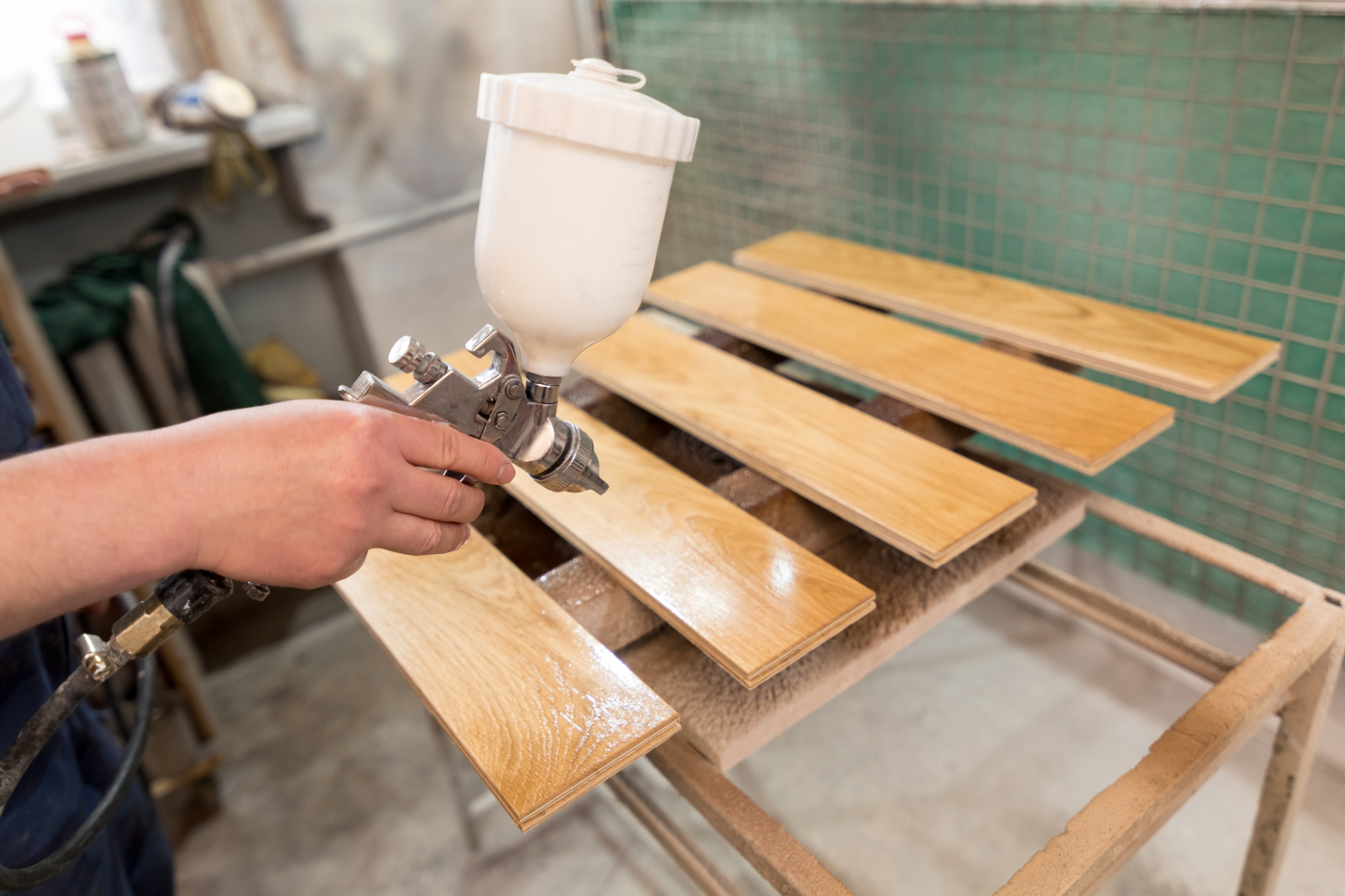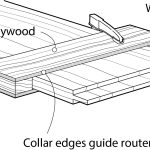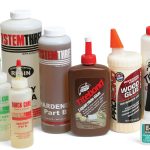We may receive a commission when you use our affiliate links. However, this does not impact our recommendations.
 Your decision is simplified by the process of elimination.
Your decision is simplified by the process of elimination.
At some point as you progress in woodworking, you begin to realize that there are many finishes to choose among; you probably ask yourself if you are using the best finish for your project.
Choosing is not as hard as it seems because there are only seven basic types of finish used by woodworkers: wax, oil, varnish (including polyurethane varnish), shellac, lacquer, water-based finish and catalyzed or two-part finish.

Application method narrows choices. Though there are seven categories of wood finish, you will most likely choose from just four, depending on your application method. If you’re using a spray gun, choose among shellac, lacquer, water-based finish and catalyzed finish (left). If you’re using a rag or brush, choose among oil, varnish, shellac and water-based finish (right).
It gets easier. You can eliminate wax for almost all projects except small decorative objects such as turnings and carvings that aren’t handled much. Wax doesn’t work well as the sole finish because when buffed out thin, it isn’t water-resistant (only water-repellent) and grime gets ground into it when touched repeatedly by hands. (Wax is an excellent polish over another finish, however, because it adds shine and creates a slick surface that resists scratches.)
With wax out of consideration, you can then eliminate two more finishes based on the application tool you use: rag, brush or spray gun.
If you use a spray gun, you wouldn’t apply oil or varnish because they are very messy. They dry so slowly that the uncured overspray settles on and sticks to everything it comes in contact with.
Moreover, the appearance and durability of oil and varnish can be easily matched with faster-drying finishes. For example, an oil finish can be imitated with one or two thinned coats of a satin finish, and the superior durability of polyurethane varnish can be matched with any catalyzed finish.
If you use a rag or brush, you wouldn’t apply a catalyzed finish and you would rarely apply lacquer because of the fast drying and the strong odor of both. (Brushing lacquer, which dries more slowly, could be thought of as an exception.)
So if you use a spray gun, the choices are narrowed to four: shellac, lacquer, water-based finish and catalyzed finish. If you use a rag or brush, the choices are also narrowed to four: oil, varnish, shellac and water-based finish. Notice that shellac and water-based finish are the only ones applied both ways.
Choosing within each group of four then comes down primarily to choosing for protection and durability, application ease and color – usually in that order of importance.
Protection & Durability
Protection means resistance to liquid penetration, keeping in mind that thicker films are always more resistant no matter what type of finish is used. Durability means resistance of the finish film itself to damage from scratches, heat, solvents, acids (for example, body oils and sweat) and alkalis (for example, cleaning products). For the most part, finishes that are rated high in protection are also high in durability, so we can consider the two together.

Poor durability. Finishes such as shellac, lacquer and water-based finish break down from repeated contact with the acids in body oils and sweat, as shown in this close-up of a lacquered crest rail from a chair.
Table #1 compares the protection and durability characteristics of wiped and brushed finishes, from best to worst. Table #2 compares sprayed finishes.


Ease of Application
Ease of application is an important consideration, especially for beginners. For example, the popularity of oil and oil/varnish blend finishes, which offer very poor protection and durability, is due primarily to their ease of use.

Oil finishes. Oil and oil/varnish-blend finishes are popular because they are so easy to apply. Simply wipe them on and wipe off the excess.
Table #3 compares the relative ease of application of wiped and brushed finishes, from easiest to hardest. Table #4 compares sprayed finishes.

 Finish Color
Finish Color
The color a finish adds to wood can be very important, especially if you don’t stain the wood. Because most finishes add some degree of yellow/orange color to the wood, choosing for color hasn’t always been a big consideration. But with the introduction of water-based finishes, which don’t add any color, this consideration has risen in importance, even becoming the most important in some instances.

Water-based finish for color. Water-based finishes provide a unique and attractive look on white woods such as this pine floor because these finishes don’t add any yellow/orange coloring.
Table #5 compares the relative amount of yellow/orange coloring all six finishes add to wood, from least to most.

Here are some supplies and tools we find essential in our everyday work around the shop. We may receive a commission from sales referred by our links; however, we have carefully selected these products for their usefulness and quality.



 Your decision is simplified by the process of elimination.
Your decision is simplified by the process of elimination.





